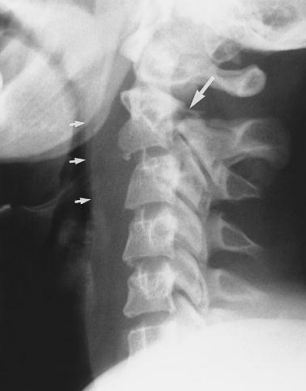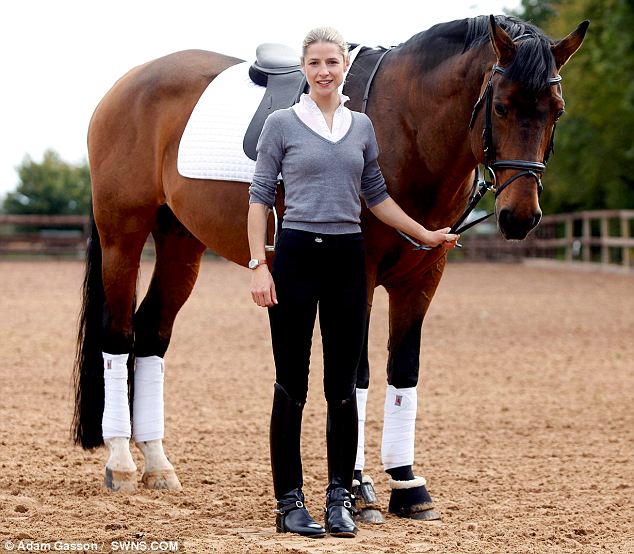
Case History:
A horse rider suffered such a severely broken neck in a horrific riding accident that she was forced to ‘pick up her own head’.
Thea Maxfield, who suffered the accident when she fell from her dressage horse, tried to get out of the animal’s way as it galloped around after the fall.
But when she attempted to pick herself up, the horrified 26-year-old found her head stayed where it was.
Realizing she had to move or risk being stomped on by her horse, named Fiorella, Thea cupped her hands around her own head and lifted it into place in an effort to avoid damaging her spinal cord.
She said: ‘As soon as I came off the horse I knew something was wrong. I went to get up but my head stayed on the floor.
‘I couldn’t move my neck or my head and I had to literally pick my head up and carry it in my hands.
‘My horse was galloping around and I just had to get out of the way. When we arrived at the hospital I was told that this type of fracture can kill people.’
[quote_center]Based Upon the History and the Xray, What is Your Diagnosis?[/quote_center]
Look
Down
For
Answer
Answer:
Hangman fracture (also known as traumatic spondylolisthesis of axis) is a fracture which involves the pars interarticularis of C2 on both sides, and is a result of hyperextension and distraction.
Clinical presentation
Post-traumatic neck pain after hyperextension high velocity injury is the most common presentation. Neurological impairment is seen only in 25% of patients.
Pathology
This is known as a judicial lesion as these are the forces delivered by a noose, which, contrary to most ill-informed depictions, was placed with the knot towards the side of the neck, next to the angle of the mandible/mastoid process.
This fracture is virtually never seen in suicidial hanging. Indeed it was not even seen in many of those who were judicially hanged; asphyxiation being the usual mode of death. Major trauma in hyperextension, such as a high speed motor vehicle accident, is in fact the most common association – especially in fatal cases.
Classification
See: Levine and Edwards classification
Radiographic features
- bilateral lamina and pedicle fracture at C2
- usually associated with anterolisthesis of C2 on C3
Extension of the fracture to the transverse foramina should be sought, raising the possibility of vertebral artery injury.
Read More about this fracture from Radiopaedia







